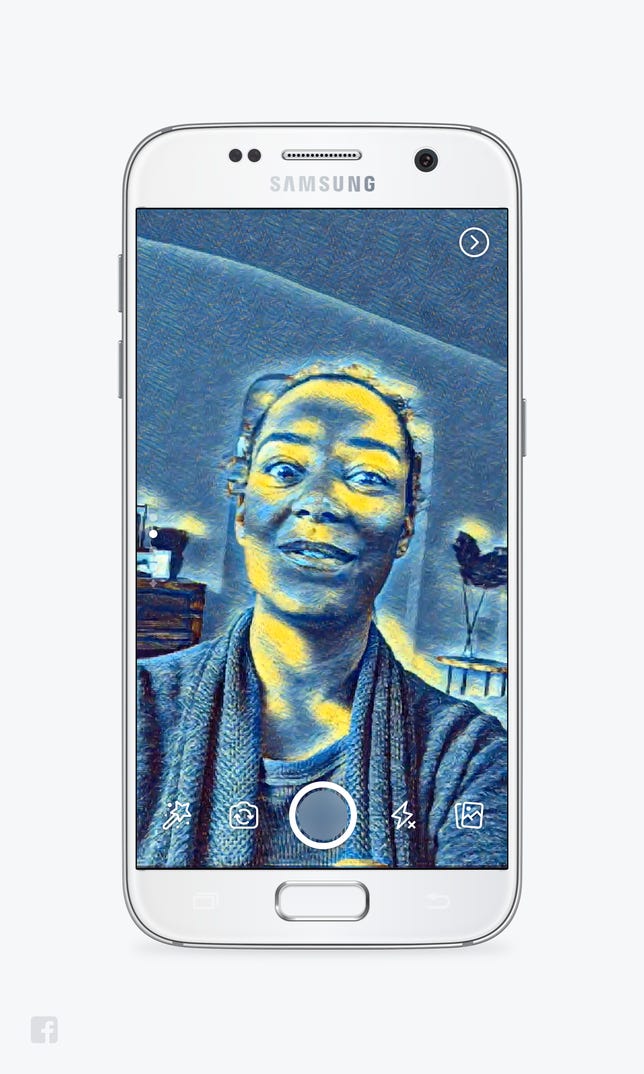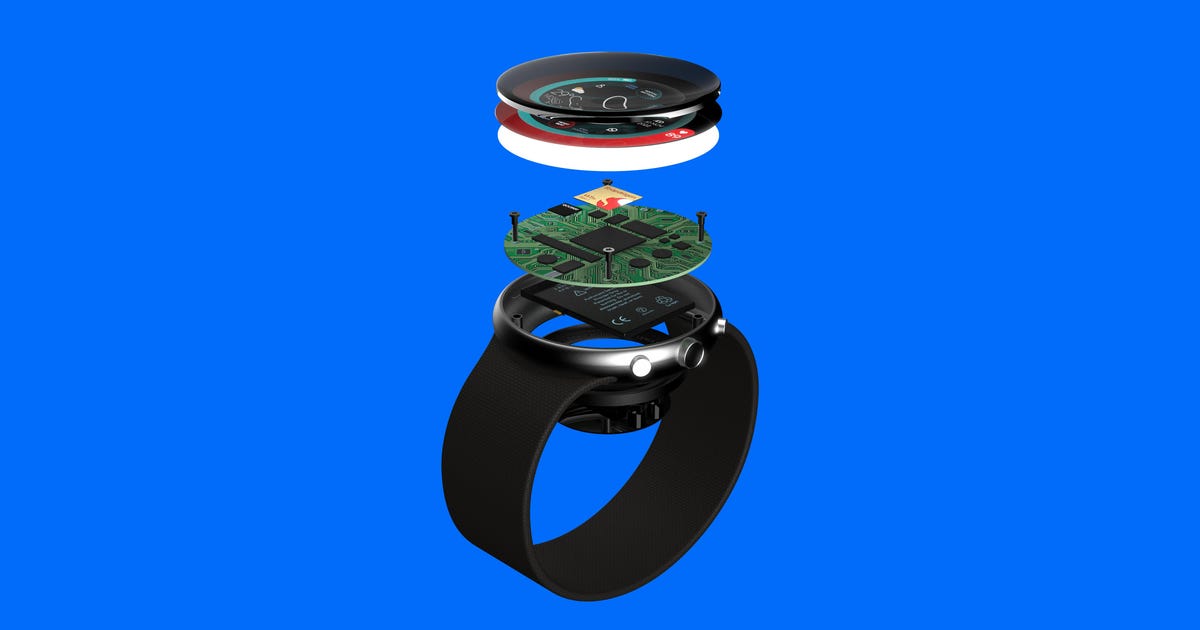
Facebook Stories makes big move in war against Snapchat
Facebook just made its biggest move in its war against Snapchat.
The social network on Tuesday widely released Facebook Stories, a near-identical clone of rival Snapchat's popular feature, also called Stories. The feature lets people post a string of videos and photos that disappear after 24 hours.
If it sounds like you've heard this before, you have. Facebook has already brought Stories to many of its other apps: Instagram has Instagram Stories. WhatsApp has something called Status. Messenger's version is called Messenger Day. But this is the first time Facebook is bringing Stories globally to its marquee app, which gets more than 1.7 billion mobile visitors a month. (Facebook had previously been testing the feature in a handful of countries outside the US, including Ireland and Chile.)
"Yes, this is something that was pioneered by Snapchat," Connor Hayes, a product manager at Facebook, said during a press briefing in San Francisco on Monday. "We think they did a great job of uncovering that Stories as a format is the way that people really want to share photos and videos in social apps."

You can add filters to photos and videos.
FacebookWith Facebook Stories, you can add filters or masks -- what Snapchat calls "lenses" -- to your pictures or videos. For example, you can give someone a unibrow, mustache, sunglasses or glitter beard. (Yes, that's a beard made of digital glitter.) Or you can filter a video so it looks like it was created in the style of a famous artist, like Picasso.
To get to the new camera features, open up the app and swipe right. After you've decided what you want to share, you can post it as a Story, post it on your News Feed, or send it to groups or individuals with another new feature called Direct. Those photos and videos you send with Direct will self-detonate too, just like on Snapchat. The features are available on iPhones and Android phones.
The updates amount to the biggest change to how people can post to Facebook since the social network introduced the News Feed in 2006 or Timelines in 2011. Hayes said that now people take a lot more photos and videos, so these products are meant to keep up with that behavior.
"We think it's our responsibility to update the Facebook app and really upgrade it so [pictures and videos] are more a part of their experience," he said.
But for anyone who uses Snapchat, those products are anything but new. Facebook has a long history of trying to edge out its younger competitor, which is beloved by teens and young adults. Nearly 70 percent of all 18- to 24-year-olds in the US use the app, according to ComScore.
Facebook CEO Mark Zuckerberg famously tried to buy Snapchat for $3 billion in 2013, only to have Snapchat cofounder Evan Spiegel balk at the offer. Facebook also built two Snapchat ripoffs, called Poke and Slingshot, that never caught on. They've both been killed. Meanwhile, Snap, Snapchat's parent company, grew to become a formidable Facebook opponent. Earlier this month, Snap went public in a $3.4 billion IPO.

You can post your filter-enhanced images as a Story, add them to your News Feed, or send them to groups or individuals with another new feature called Direct.
FacebookBut while Facebook's early attempts floundered, the company has found some success in trying to clone Snapchat Stories. Instagram Stories, which debuted in August, now has 150 million users a day, and the company said earlier this year that ads are coming in the feature.
For the Facebook Stories launch, the company partnered with two artists, Vancouver-based Douglas Coupland and London-based Hattie Stewart, to create art for some of the filters and effects. Facebook also partnered with movie studios to create masks for movies including "Guardians of the Galaxy Vol. 2," "Wonder Woman" and "Despicable Me 3." That last filter turns your image into a Minion. But Facebook declined to discuss the terms of those partnerships, or its ad strategy going forward.
Zuckerberg seems convinced products like Stories are the way to go. "In most social apps today, a text box is still the default way we share," Zuckerberg told financial analysts in November. "Soon, we believe, a camera will be the main way that we share."
Now, he's taking that bet to hallowed ground for the company: Facebook itself, the social network he created in his dorm room 13 years ago. So get ready, here come the glitter beards.
CNET Magazine: Check out a sampling of the stories you'll find in CNET's newsstand edition.
Batteries Not Included: The CNET team shares experiences that remind us why tech is cool.
Source
Tags:
- Facebook Stories Makes Big Move In War Against Snapchat Logo
- Facebook Stories Makes Big Move In War Against Snapchat App
- Facebook Stories Makes Big Move In Warrior
- Facebook Stories Makes Big Move In War Resolution
- Facebook Stories Makes Big Move In War And Love
- Facebook Stories Makes Big Move Agency
- Facebook Stories Makes Big Hole
- Facebook Makes Major Announcement On Data
- Facebook Makes Me Feel Bad About Myself
- Facebook Stories Size

